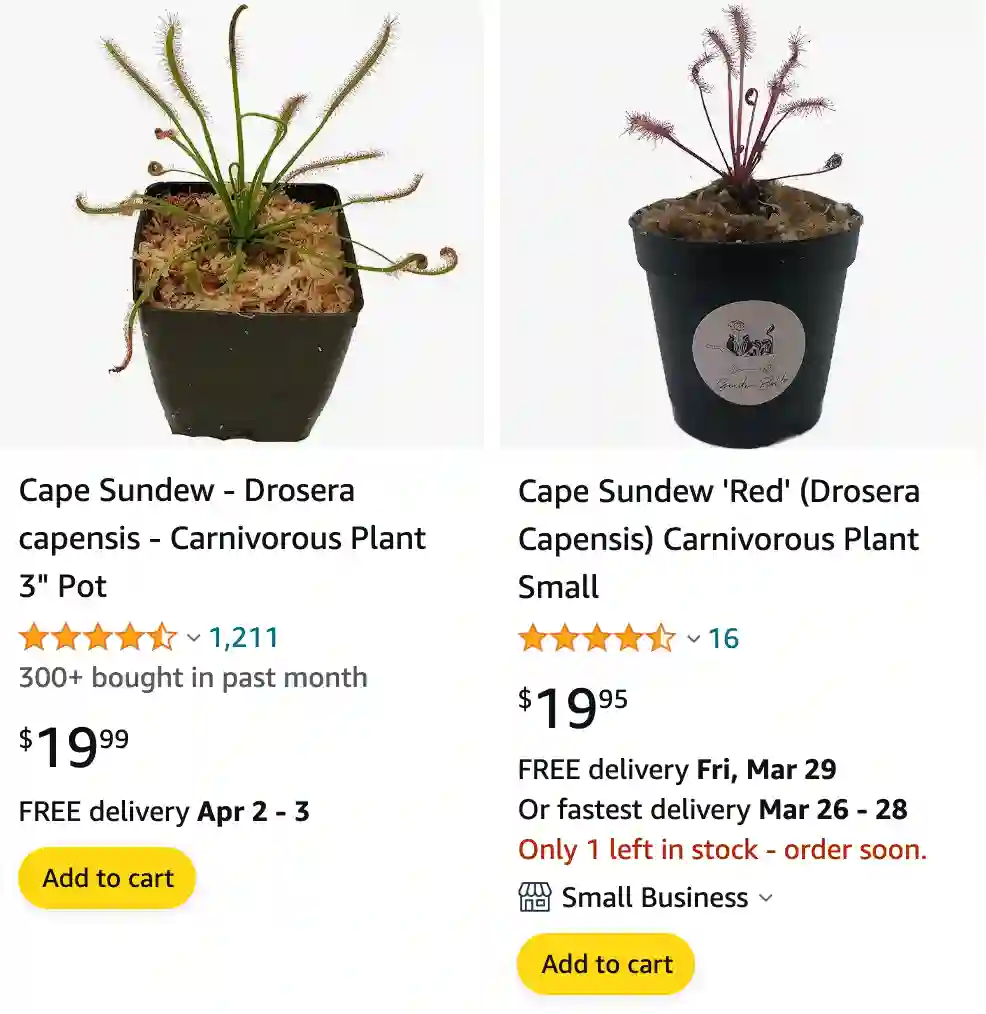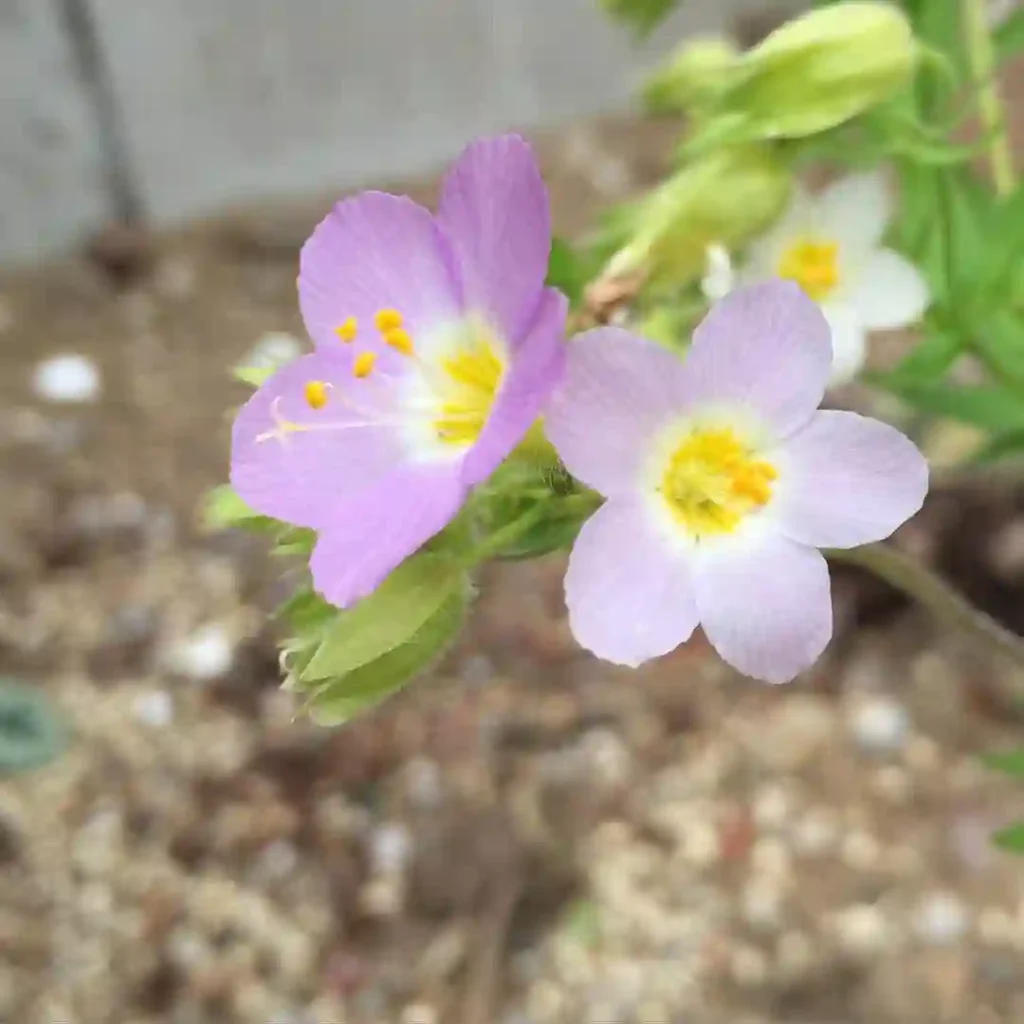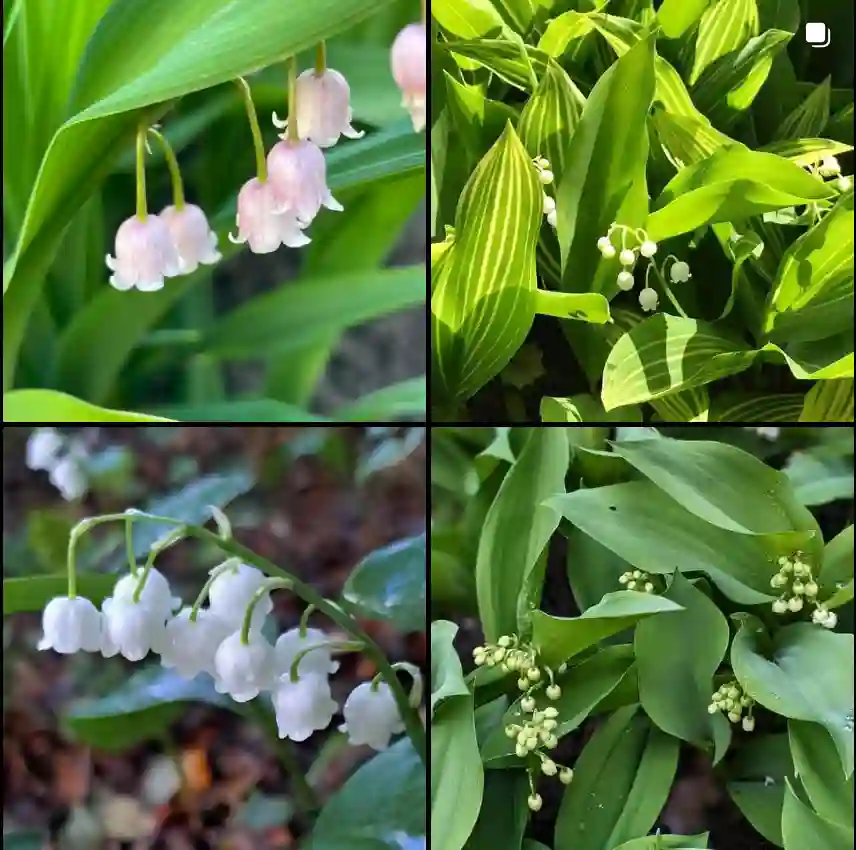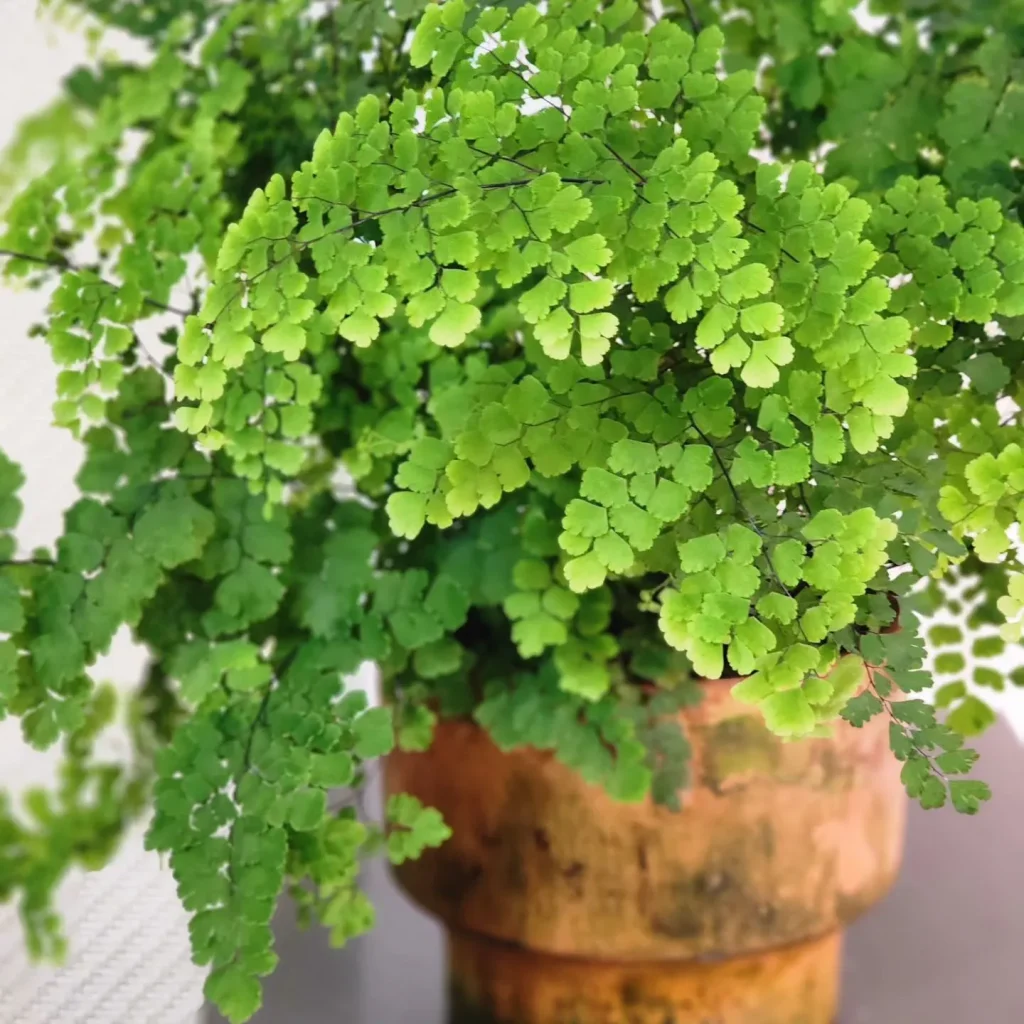
Does drosera capensis need dormancy?
Drosera capensis doesn’t need a dormancy period like some other carnivorous plants do. I’ve found that it thrives year-round without needing a winter rest, which makes it relatively easy to care for compared to other species that require specific conditions to simulate seasonal changes.
274 Species in Genus Drosera
How big do drosera capensis get?
My Drosera capensis plants have grown to about 8 inches tall, with leaves stretching out around 4 inches long. They’re not huge, but their size makes them perfect for a windowsill garden, where they can catch plenty of light and keep my indoor garden interesting with their unique appearance.
How does drosera capensis capture prey?
Watching my Drosera capensis capture prey is fascinating. The leaves have sticky glandular hairs that secrete a glue-like substance. When an insect lands on the leaf, it gets stuck, and the leaf slowly curls around the prey, increasing the contact area. The plant then secretes digestive enzymes to break down the insect and absorb the nutrients.
How to care for drosera capensis?
Caring for Drosera capensis is quite straightforward. I keep mine in a sunny spot with indirect light and ensure the soil stays consistently moist. I use distilled water or rainwater to avoid any mineral build-up, and they seem to thrive in a mix of peat moss and perlite, which provides good drainage while retaining moisture.
How to repot drosera capensis?
Repotting Drosera capensis is a delicate process, but not too difficult. I gently remove the plant from its current pot, shake off the old soil, and place it in a new pot with fresh peat moss and perlite mix. I make sure the roots are covered and the plant is stable, then water it thoroughly to help it settle into its new home.
How to propagate drosera capensis?
I propagate Drosera capensis by leaf cuttings. I cut a healthy leaf close to the base, lay it on moist sphagnum moss or a peat-perlite mix, and keep it covered to maintain high humidity. After a few weeks, tiny plantlets start to form, which I can then transplant to their own pots.
Can a drosera capensis synthesize nutrients through the leaves?
While Drosera capensis primarily gets its nutrients from trapping insects, it can also perform photosynthesis through its leaves like other plants. The insects provide a supplementary source of nitrogen and other nutrients, especially in nutrient-poor soil conditions.
Can you eat drosera capensis?
I wouldn’t recommend eating Drosera capensis. It’s not toxic, but it’s also not meant for human consumption. Its sticky leaves might be an interesting texture, but they aren’t meant to be part of our diet.
Can you feed drosera capensis plants? How many flies do drosera capensis eat?
Yes, you can feed Drosera capensis plants, but they typically catch enough insects on their own if they’re kept outdoors or near an open window. If I ever feel the need to supplement their diet, I might drop a fly or two onto the leaves, but I don’t overdo it. They can handle several insects at a time, but too much can cause mold or stress the plant.
How big of a pot for drosera capensis?
For my Drosera capensis, I use a pot that’s about 4 to 6 inches in diameter. This size gives the roots enough room to grow without being too large, which helps prevent overwatering and root rot. A small pot also fits nicely on my windowsill where it gets plenty of light.
How does drosera capensis reproduce?
Drosera capensis reproduces both sexually and asexually. It flowers and produces seeds, which can be harvested and planted. It also reproduces asexually through leaf cuttings or by producing offshoots, which can be separated and planted on their own.
How long does drosera capensis live?
From my experience, Drosera capensis can live for several years with proper care. They don’t have a set lifespan and can continue to grow and thrive as long as they have the right conditions and aren’t subjected to extreme stress or poor care.
How to grow drosera capensis indoors?
Growing Drosera capensis indoors is fairly simple. I keep mine in a sunny spot where they get plenty of indirect light, maintain high humidity, and ensure their soil is always moist but well-drained. A tray of water under the pot helps keep the humidity up, and I mist the plants occasionally.
Is drosera capensis safe for cats?
Drosera capensis is safe for cats. My cat is quite curious and sometimes sniffs around the plants, but they’ve never had any adverse reactions. The plant’s sticky leaves might be off-putting to pets, but they aren’t harmful if touched or nibbled.
Is the drosera capensis rare?
Drosera capensis isn’t rare; it’s actually one of the most common and easy-to-grow carnivorous plants available. It’s popular among both beginners and experienced growers due to its hardiness and fascinating insect-trapping mechanism.
If i die, water my plants!



